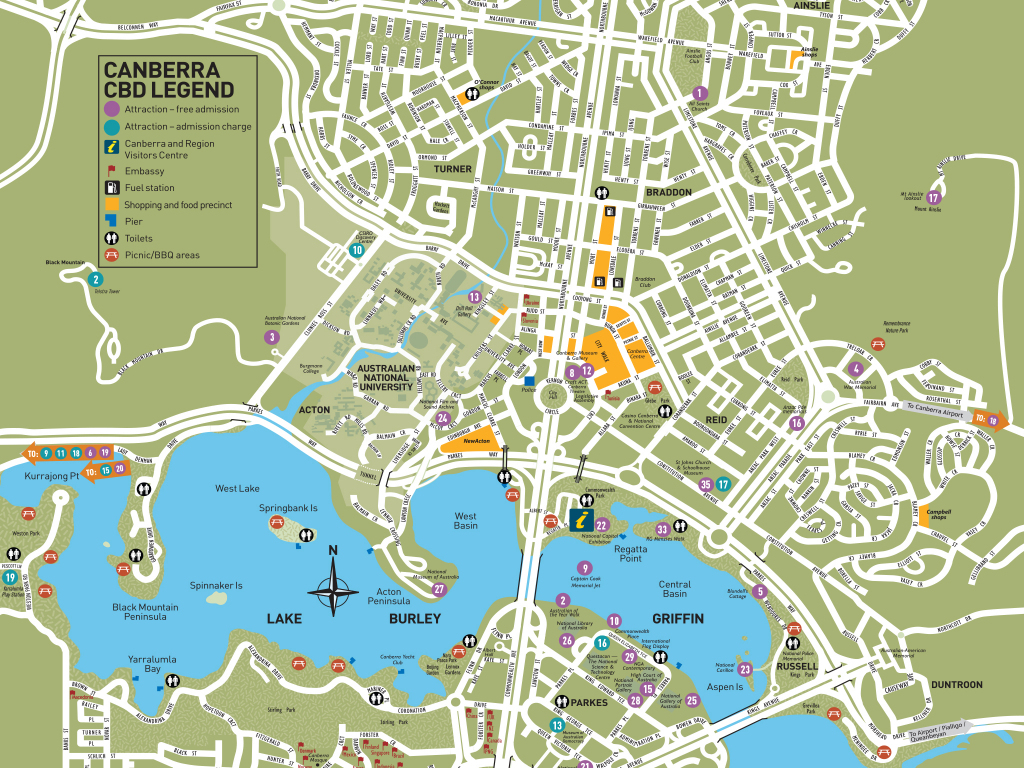

Standard sizes are on average cheaper than custom sized brick.

Standard Brick Width x Height x Length (by Country) However, this differs significantly by country. Part of the reason that face bricks are among the smaller sizes is because they are designed to fit comfortably in one hand, to make laying them easier. For each type of brick, the standard size is one that will maximize efficiency while ensuring that it maintains its structural integrity. The main reason for differences in sizing is the composition of the brick. This is of course subject to variation depending on type, manufacturing processes, and materials and most bricks will differ incrementally in weight. Rammed Earth).Ī standard-sized clay brick should weigh just under 2 ½ kgs. A brick’s deviation from the standard is measured by its Dimensional Quality Level – category DW1 means the height and width of a brick differ from the standard by less than 50mm, DW2 means the height and width differ by less than 40mm, and DWO refers to brick types with no standard sizing (e.g. There may be some variation in brick size due to individual manufacturing influences this is common and generally unnoticeable. 2 Course Bricks are longer, taller and narrower than the standard. Face bricks also generally have the same dimensions as other common clay bricks. The most widely used type of brick is a Common Burnt Clay Brick, making the Australian standard brick size 76mm high x 230mm long x 110mm wide. What is the standard brick size in Australia?Īustralian brick sizes vary depending on type. Exhibitions, Associations & Information.Ceilings, Internal Wall Materials & Partitioning.


 0 kommentar(er)
0 kommentar(er)
